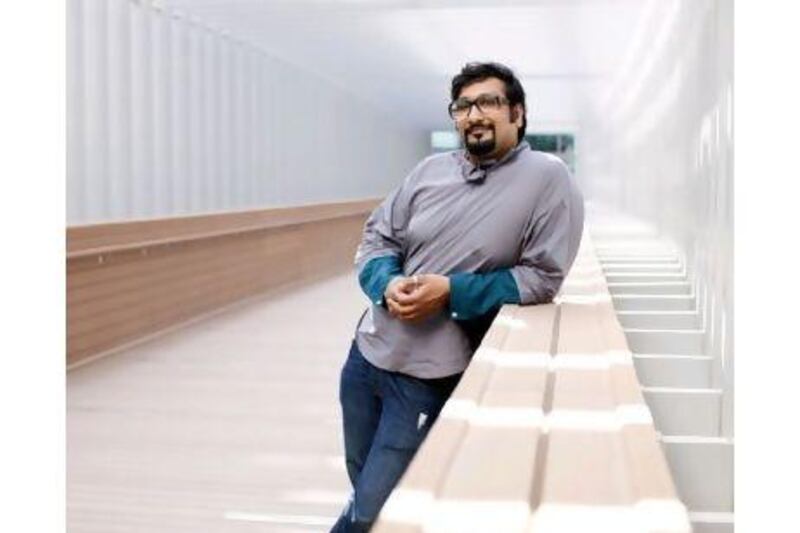Murtaza Vali dodges jargon and fulfils that true vocation of the curator: to be a conduit between artist and audience for making better sense of the work.
The Sharjah- and New York-based curator is a smart choice, then, for the next instalment of the Abraaj Capital Art Prize ahead of the winning works being rolled out at Art Dubai in March next year.
The selection committee is currently deciding the five artist winners of the prize, to be announced later this year. Artists submit proposals for an ambitious project - the sort that would be otherwise held back by funding - and Abraaj Capital funds the creation of the winning proposals to go on exhibition at Art Dubai before entering Abraaj's private collection.
Curators have been a part of ACAP since it started in 2008, but recent instalments have seen curators trying to find greater connectivity between the works.
Like the artists, Vali had to submit a proposal for the curator post, and will edit a publication to present the works and discuss their ideas for release next year.
How are you approaching the prize at this stage?
I think that what Nat [Muller, the curator of ACAP 2012] did with the exhibition this year worked. She tried to unify the projects as an exhibition rather than individual discreet projects and came up with an incredible curatorial structure for it. I thought that had been a weakness in the prior presentations and meant ACAP didn't have as much presence in Art Dubai. It's hard to do because you're taking a set of proposals that you don't select on your own, and they're also selected according to proposals, so you don't know what the final piece will be.
Is there a continuity to each prize or do you see each year as exclusive?
There's a particular scale and ambition of project that the prize demands. I'd love to be able to come up with a curatorial theme that can unify this year's winning works in some way like last year. I think people get a lot more from that. As a curator you bring to the fore whatever ideas you want in a work, but that isn't to say you're closing off meanings. Instead, it is a way of focusing people's attentions on certain elements, which is my job here.
What's your role in ACAP while the artists are producing their work?
I see myself as an interlocutor and a sounding board. Then as we go forward, maybe a facilitator for helping arrange for things to be made, or maybe discussing any weak points in a project.
Can you explain the value of a curator? What do they bring to an exhibition?
A curator recognises that an art work is a critical text primarily. Art can be an object of beauty or an ethnographic piece, but it can also be a critical statement. A curator puts that element over its other discourses. This is something that I think has been lacking in this part of the world. The idea that artworks can play some critical or intellectual role in society is there but is not made obvious and I think it's detrimental in the way that art is evolving. Artists who are graduating from art school here too often see art as a commercial product and their approach becomes entrepreneurial. Artwork can be used together to produce a visual essay, which I think a curated exhibition can be.
For more information on the Abraaj Capital Art Prize 2013 and previous iterations of the award, visit www.abraajcapitalartprize.com





